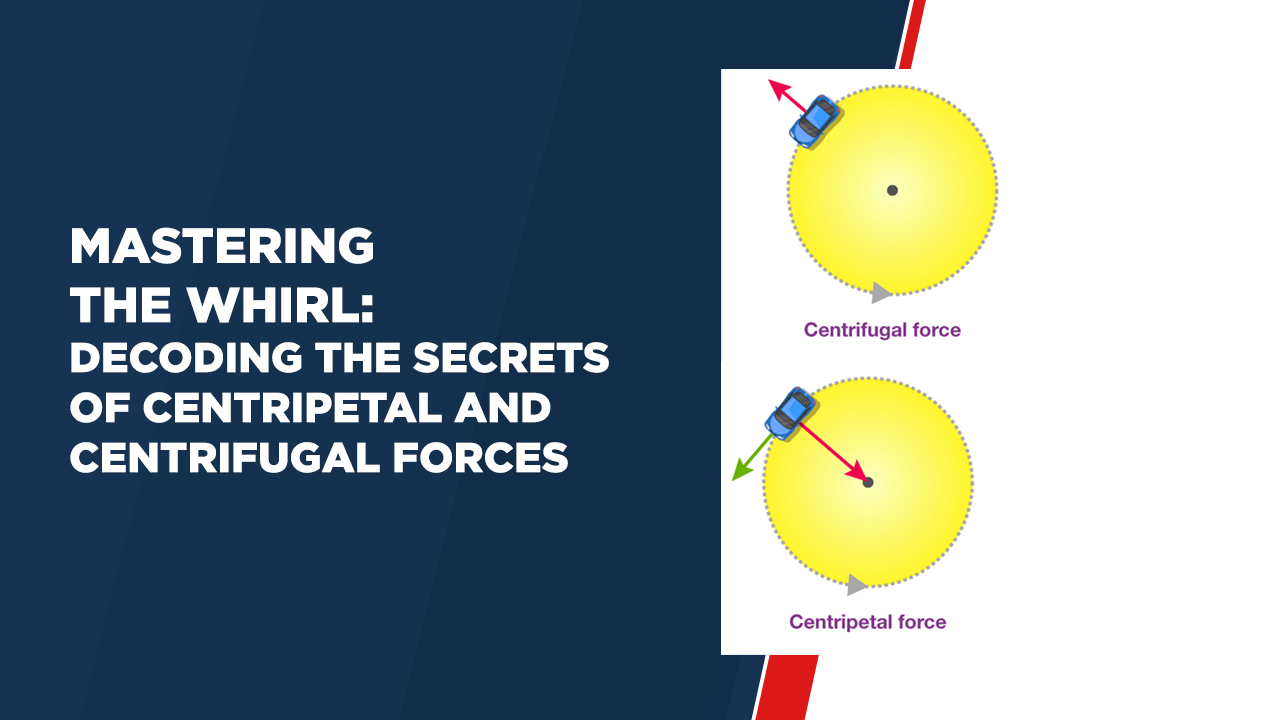Mastering the Whirl: Decoding the Secrets of Centripetal and Centrifugal Forces
Introduction
Physics is an exciting field that continually tests our understanding of nature, one fascinating branch of which is the study of forces. Centripetal and centrifugal force are two such fundamental forces that are often misinterpreted and misunderstood; By examining their differences and applications more closely we may uncover some surprising secrets behind their functions.
Understanding the Differences
Centripetal Force and Centrifugal Force are often used interchangeably, yet each actually represents distinct concepts. Their primary difference lies in their reference frames: centripetal Force refers to forces which keep an object moving along a circular path toward its center of rotation while centrifugal Force isn’t necessarily an actual physical force but more of an inertial effect causing objects to move away from it due to inertia.
Deciphering Centripetal Force
Centripetal force is responsible for keeping the trajectory of an object curved. When an object moves in a circle, its direction is constantly changing, indicating an internal force that prevents it from flying in a straight line. A classic example is when taking a sharp turn – the friction of the tires with the road surface provides the centripetal force needed to keep the car on the curved path.
Unmasking Centrifugal Force
Centripetal force is often misunderstood as a force of its own right; Rather it is due to inertia – the resistance of an object to change in its state of motion – when moving in a circular path due to inertia, its natural tendency is to stay on a straight line path; However, due to centrifugal force it deviates and creates a sensation of being pushed outwards – for example when spinning a bucket of water in a vertical circle – but this time not due to centrifugal force but inertia causes water spill out instead.
Real-World Applications
Understanding these forces is important in many real-life applications, from amusement park rides and satellite orbits to explaining weather phenomena like rotating hurricanes. Centripetal force plays an essential role in these situations, while centrifugal force acts as a perceived effect, helping engineers design safe rides or meteorologists explain the dynamics of airflow within rotating storms.
Conclusion
Mastering the concepts of centripetal and centrifugal forces is central to understanding circular motion. Centrifugal force refers to perceived inertia effects; The centripetal force acts inwards to keep the objects on their paths while the centripetal force keeps the objects moving along the curved paths works; Centripetal forces provide internal forces that keep objects moving along their curved paths while centripetal forces provide internal forces that keep objects on their course while centrifugal forces result from inertial effects that every time a thrill ride or Seen while the satellite is launching its orbit around the Earth, you can appreciate all those hidden forces at work!



